- News
- Reviews
- Bikes
- Accessories
- Accessories - misc
- Computer mounts
- Bags
- Bar ends
- Bike bags & cases
- Bottle cages
- Bottles
- Cameras
- Car racks
- Child seats
- Computers
- Glasses
- GPS units
- Helmets
- Lights - front
- Lights - rear
- Lights - sets
- Locks
- Mirrors
- Mudguards
- Racks
- Pumps & CO2 inflators
- Puncture kits
- Reflectives
- Smart watches
- Stands and racks
- Trailers
- Clothing
- Components
- Bar tape & grips
- Bottom brackets
- Brake & gear cables
- Brake & STI levers
- Brake pads & spares
- Brakes
- Cassettes & freewheels
- Chains
- Chainsets & chainrings
- Derailleurs - front
- Derailleurs - rear
- Forks
- Gear levers & shifters
- Groupsets
- Handlebars & extensions
- Headsets
- Hubs
- Inner tubes
- Pedals
- Quick releases & skewers
- Saddles
- Seatposts
- Stems
- Wheels
- Tyres
- Health, fitness and nutrition
- Tools and workshop
- Miscellaneous
- Cross country mountain bikes
- Tubeless valves
- Buyers Guides
- Features
- Forum
- Recommends
- Podcast
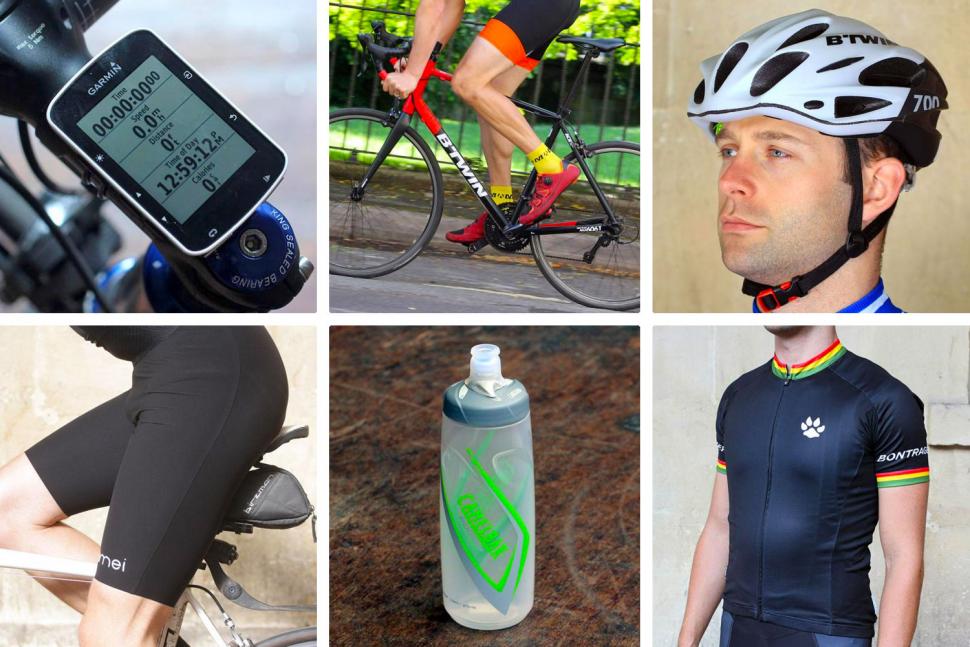 6 things every new road cyclist needs Dec 2018
6 things every new road cyclist needs Dec 2018Get in gear - 6 essentials every new road cyclist needs in their starter kit
Are you new to road cycling? The good thing is that it’s pretty easy to get into road cycling, and apart from the main purchase of a bicycle, it’s not the most expensive pastime you could pick from a long list of regular hobbies that British people partake in. But there are some other essentials...
If you are looking to get into road cycling and you’re not sure what you need to get started, we’ve listed some of the key things you might want to consider. Top of the list is a bike, obviously, but beyond that, you really don’t need much else - just plenty of enthusiasm and energy to turn the pedals. As you find yourself getting more into cycling, there are a few useful things that can make cycling more comfortable and enjoyable.
We’ve listed some key road cycling products in order of importance, starting with...
1. A bike
An obvious one this, but if you’re going to take up cycling of any sort, you’re going to need a bike. Now is a really good time to buy a new road bike, there is a lot of choice at a huge range of prices, and the quality of bikes across the board is really good.
Sure, you can easily drop £10,000 on a Tour de France replica, but there are lots of bargains to be had for under £500 if you don't want to spend too much.
Read more: The Best Road Bike Bargains for under £500
Bikes come in many guises, this guide gives a good overview of the different types of road bike available on the market.
Read more: Beginner's guide to bike types
And if you're not sure where to start with buying a road bike, let us guide you to making the right decision, with this helpful guide.
Read more: Buying your first road bike — everything you need to know
2. Padded shorts
If you’re just planning on very short cycle rides, to the office or college, for example, you can get by just fine with regular clothes. There’s no need to wear anything special.
If you want to get into road cycling properly and tackle some longer distances, perhaps even enter a sportive or join your local club, a really good investment is a pair of padded shorts. Your bum will thank you.
They can be worn on their own, or concealed under baggy shorts if you prefer, and they provide a thin padding that provides a bit of cushioning against the saddle, and can substantially improve comfort on longer rides. Just remember, no underwear under padded shorts.
Read more: Cycling shorts — everything you need to know
You can spend anything from about £40 to over £300, so there really is something for all budgets. Here’s our buyer’s guide
Read more: Best cycling bib shorts — your buyer’s guide & 9 great choices
Read more: Best cheap cycling shorts
3. Cycling jersey
A cotton t-shirt might be just fine for shorter rides, but they’re not really designed for the demands of a longer cycle ride.
A cycling-specific jersey is made from a fabric designed to keep you cool in the heat, and keep you dry when you break a sweat. They also have a long zip for ventilation, and three rear pockets for carrying food and other supplies that you might need on longer trips.
Cycling jerseys also come in many varieties designed for different conditions, from cold weather to hot weather jerseys, and can be worn with other clothing accessories like arm warmers and gilets.
You can pay anything from £5 to £130 for a jersey, here’s our buyer’s guide.
Read more: Buyer's guide to summer cycling jerseys — plus 14 of the best
4. Water bottle and bottle cage
Cycling can be thirsty work, especially in the summer heat, so keeping hydrated on longer rides is of paramount importance. Most road bikes have bolts on the frame (down tube and seat tube) that allow you to fit a special bottle cage into which a cycling bottle can be fitted.
You can stick a bottle of Coke or Lucozade in a jersey pocket or even a bottle cage, but the former isn’t very comfortable and the latter isn't the most secure. A cycling water bottle can also be reused hundreds of times, is easy to clean and is easy to drink from on the move.
5. Pump, spare tube, basic tools and chain oil
There are two things that any cyclist embarking on a ride really shouldn’t leave home without, and that’s a spare inner tube and pump. Nobody plans to puncture, but they do happen from time to time, so it’s worth being prepared so you don’t have to phone home for a lift.
A local bike shop will help you choose the right size spare inner tube (or you can read our guide below), and a pump doesn’t have to cost a lost. You can carry both in a jersey pocket or backpack, or better still is to stash the inner tube in a saddle bag, and mount the pump to the frame with the often supplied brackets.
Read more: How to repair a punctured inner tube
Read more: Video: Greg LeMond shows how to quickly change an inner tube
Another thing you might want to consider is a multitool. Multitools are the cyclist's equivalent of a Swiss Army knife, with a range of tool bits that can be used to make adjustments to the bike, such as raising or lowering the saddle height or tweaking the gears.
If you are really getting into cycling and doing regular rides, you’ll want to keep the chain well oiled so the gears work smoothly and quietly. Chain oil, or lube as it’s commonly called, is available from any good bike shop and a small bottle lasts a long time and doesn’t cost much.
Read more: How to clean and lube your bike's chain
Read more: The best multi tools — get the right bits to fix your bike's bits
6. Computer
Because everyone wants to know how fast and far they’ve cycled, don’t they?
This isn’t an essential product at all, but as any cyclist knows all too well, the most likely question you get from friends, a partner or family after a ride is how far did you ride and how fast did you pedal? And if you are new to cycling, it’s fun to track your distance of a ride and use that to measure your progress as you get into road cycling.
Cycle computers can also show you how fast you’ve ridden, your average and max speeds, how much climbing you’ve done, and other measurements like cadence and heart rate. And as this guide below shows, they don't have to cost a fortune.
You can use a smartphone to record your ride using one of the many available apps, and this is another option, but a small dedicated computer fitted to your bike will cope with rain and hte battery will last a very long time. More expensive computers use GPS and can be plugged into a computer to download all the data.
Read more: Cycle computers — everything you need to know
And yes, we thought about including a helmet in this list, but as it’s not law to wear a helmet when cycling, we feel it’s up your own discretion whether you choose to wear a lid. If you feel safer wearing a helmet then go for it. Good cycling helmets can be bought for as little as £20, just make sure they comply with European standards, to look for certification stickers inside the helmet .
Read more: Best cheap cycling helmets
Is there anything we’ve missed? Let's hear your suggestions in the comment section.
David worked on the road.cc tech team from 2012-2020. Previously he was editor of Bikemagic.com and before that staff writer at RCUK. He's a seasoned cyclist of all disciplines, from road to mountain biking, touring to cyclo-cross, he only wishes he had time to ride them all. He's mildly competitive, though he'll never admit it, and is a frequent road racer but is too lazy to do really well. He currently resides in the Cotswolds, and you can now find him over on his own YouTube channel David Arthur - Just Ride Bikes.
Latest Comments
- wtjs 31 min 53 sec ago
Please take time to note that he physically struck me as he passed But were you inconvenienced!
- wtjs 36 min 48 sec ago
they have a hard upper cut-off so they don't dazzle...
- Smac9 40 min 18 sec ago
Nonsense - freezer bag - more compact and near zero cost . Give £30 to charity instead !
- wtjs 50 min 50 sec ago
not only have I reported them for a close pass, which the police are taking further......
- auldain 1 hour 17 min ago
Halve the £15.49, and maybe, just maybe, I might consider staying.
- Dunnoeither 2 hours 6 min ago
My custom titanium frame from Waltly was 1150€ including shipping and customs. I can't see how this is supposed to be a money-no-object dream....
- chrisonabike 2 hours 18 min ago
Oh, yeah... I'd forgotten the current attraction of the Farage Fringe - which is probably a big mistake. (The second mistake is giving them...
- Cycle Happy 2 hours 26 min ago
I've found the latest chilli tech rear light / camera combo to be excellent for the price. It is now £99, which I still think is good value, but I...
- chrisonabike 2 hours 29 min ago
If we kowtow to follow our partner in the Special Relationship we'll obviously realise that it would be betraying our great citizens if we let...
- hawkinspeter 2 hours 40 min ago
I don't agree with Aelisha about choosing Barton Hill due to it not being predominantly white. The area around Beaufort Rd is mainly white, I think...
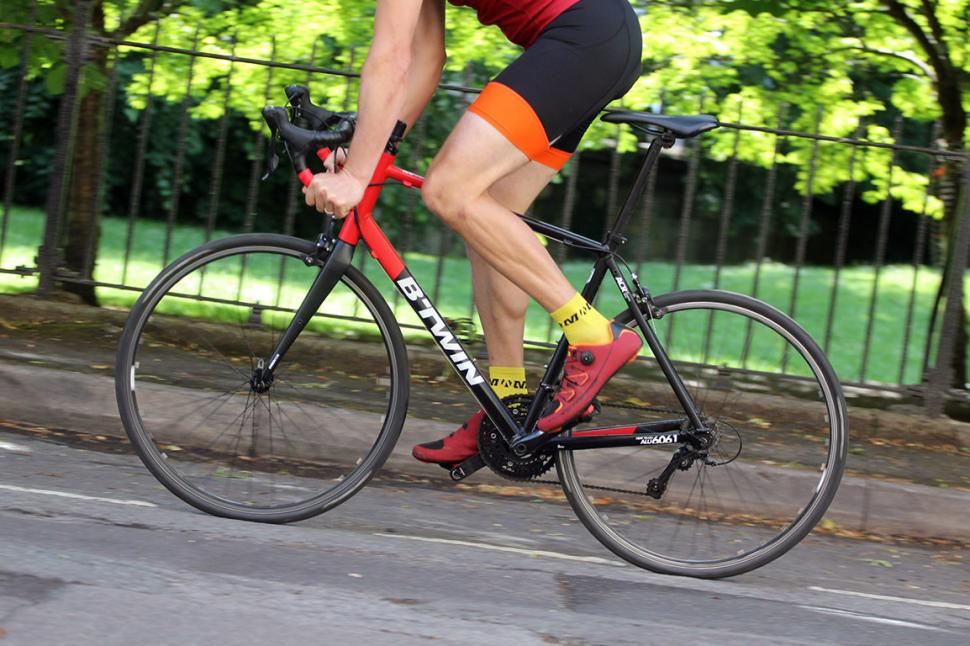
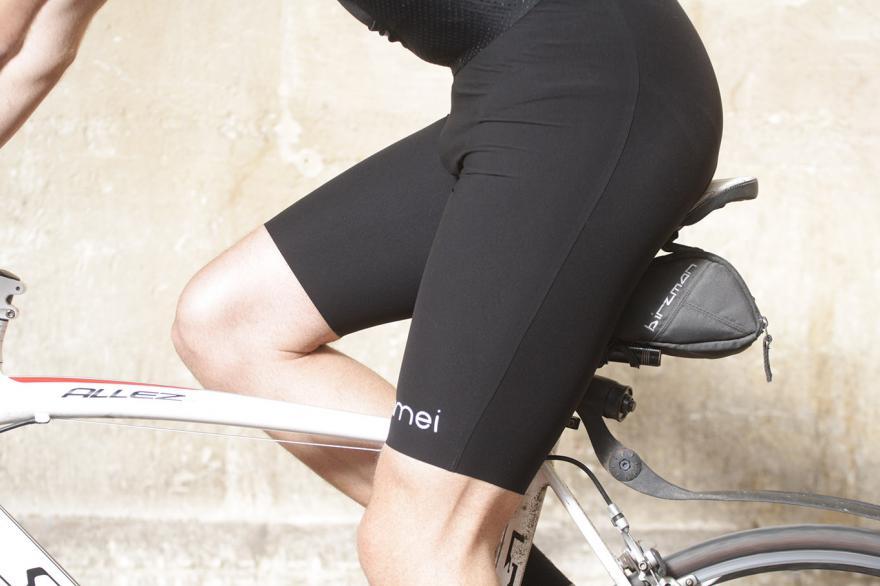
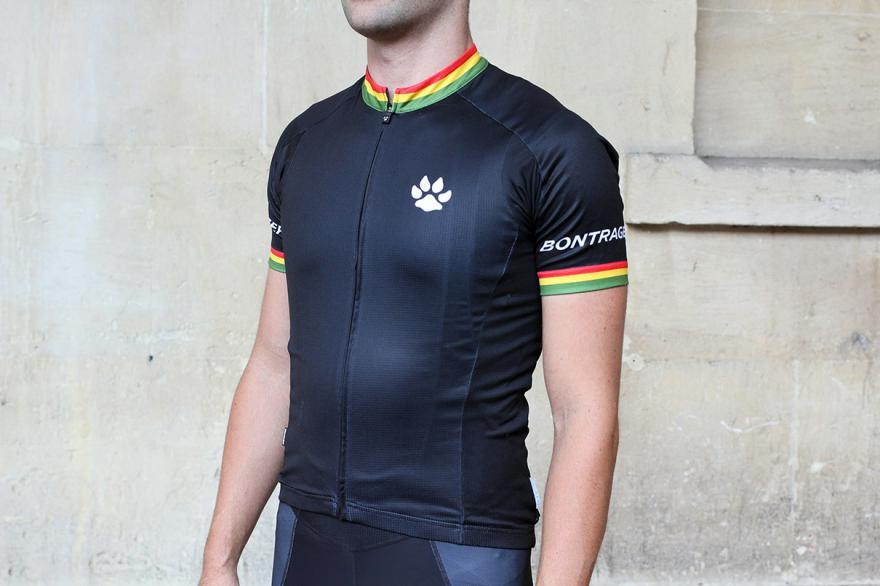

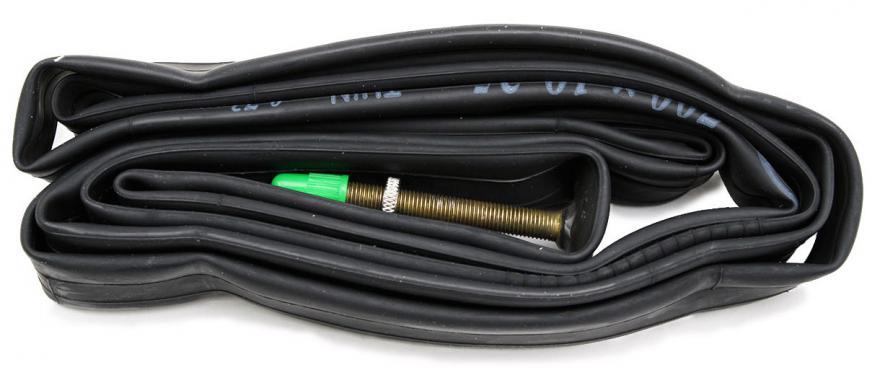
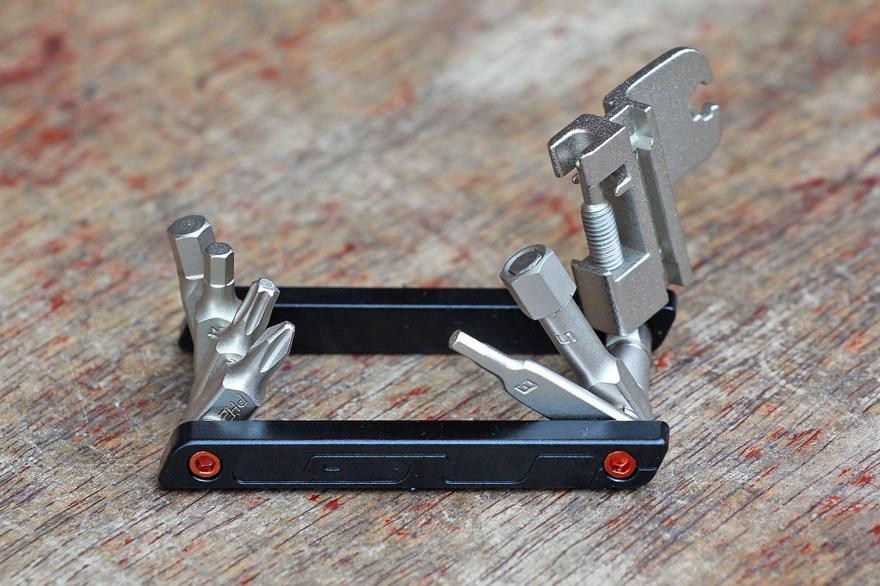
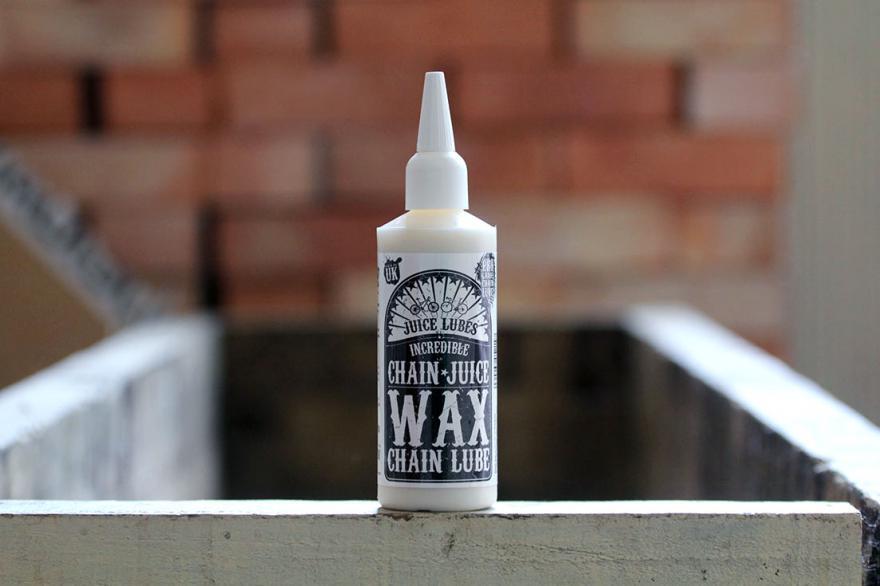

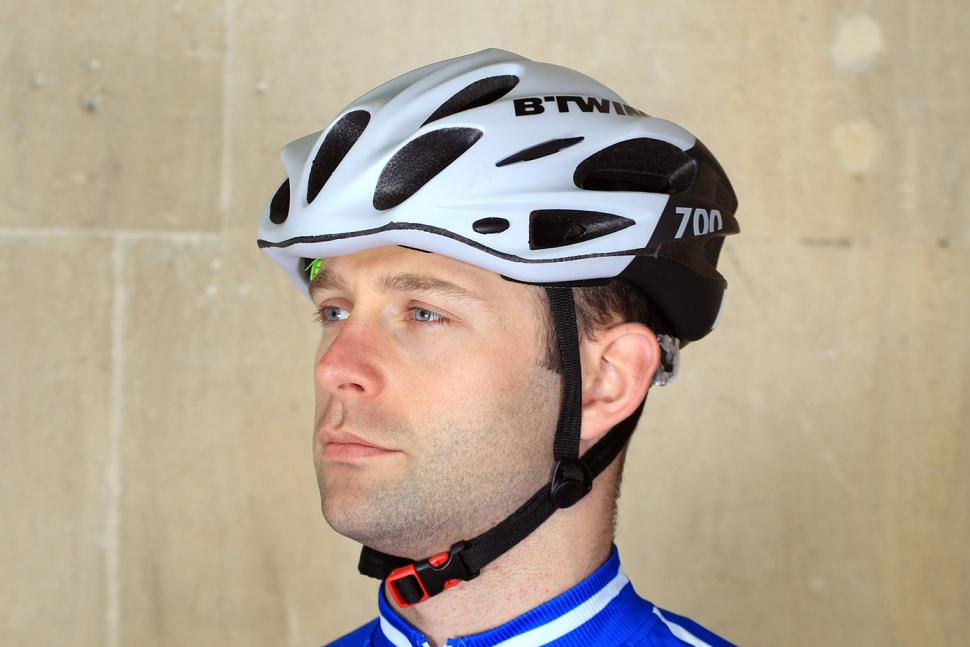
Add new comment
127 comments
I thought number of bikes was
s = n-1
where s is level at which "s he starts divorce proceedings"
Lets not forget HiViz clothing ... any accident involving another party will be your fault unless you are wearing HiViz and a helmet.
A copy of the highway code is also essential ... in case a police officer pulls you over and starts misquoting it.

*I should add that I don't recommend telling a police officer to check the highway code ... that is unless you like eating porrage and want to meet Bubba.
How can you mention bibshorts to newbies without explaining that you don't wear underwear with them?!?!!!!
Irresponsible. The real Rules say 'guide the uninitiated'. Try again.
Number 1 (a bike) is a must but the rest are just useful and not an absolute need
It's about time this article got unfundamented.
+1 for gloves. Apart from the protection if (when) you fall off, especially if you go for clipless, the little bit of extra padding can make those longer rides much more bearable.
As a dedicated commuter, I'd also put a set of full mudguards pretty high up that list!
And you have to wonder how many comments there would have been if it had contained all of those deleted because they were by or quoted Superpython?
Padded shorts - Mandatory
Cycle Computer - Mandatory
Helmet - not on the list because it isn't law you have to wear one
Yeah personal choice I respect that but ESPECIALLY when you are new to cycling like the article is aimed at its a good idea. You are gonna come crash or come off at some point, probably sooner if you haven't cycled in years.
Doesn't have to be typical head injury or lorry running over your cranium situation, tarmac is great to fall on road rash is a bit different to your head, Gota a couple of nice big keloid scars on my face to serve as a reminder of that from my pre helmet days.
That said I do still occasionally ride city rental bikes when I don't have my helmet with me.
...[Article ends]
________________
[BTL begins]...
"Well, I disagree with one point, and the writer is no longer a member of the human race."
"Yeah? I disagree: where's your evidence?"
"Really? Where's your evidence."
"You're scum!"
"You're the spawn of Beelzebub and your BSO is a Raleigh Shopper!"
...
7. A Thick Skin and Sharp Elbows
It seems a pretty sensible list of essentials, except for No. 6: a bike computer, which is anything but essential. Given that the cheapest Garmin model is around £150, that's a lot of money. And the point is that most people nowadays have a smartphone that's always with them, and even a pretty simple one will run software like MapMyRide or Strava, which give you almost everything you'd want to know about a ride as well as a map of the route you've followed. So spending £150+ (and Garmins can go for £600 at the top of the range) seems really wasteful unless you have specialised requirements for your rides.
Furthermore, you can plot a route on Cyclestreets or similar free software and then use a mapping app like Bikegpx to follow that route, turn by turn, so a specialised bike computer is even more redundant.
Pffffffft!
You don't really need a bike - just employ visualisation techniques like the best sportsmen. Picture yourself leaning into corners, powering up hills and leaving other cyclists in your wake. You can also practise getting into the most aerodynamic position whilst walking to the shops, so do some preparation before you decide on whether or not to actually get a bike.
I think "lots of bargains to be had for under £500" is starting to stretch things now, at least if you're limiting to new bikes.
Or Willo.
(Gawd, there are so many posters who've been banned over the years...)
Welcome to the madhouse!
Out of curiosity, since Cyclestreets gives you turn by turn navigation, why bother to export its route into something else to do the same?
Particularly as the linked article itself now goes up to £550 (though TBF, does include options from £299.99)
1. A copy of the Velominati rules - oh and a bike (n+1). lol
Don't take that comment too seriously we're all cyclist just wear what you want as long as you're riding who cares?!
Fewer deaths, because fewer children cycle. Their parents are (rightly?) concerned about all the homicidal berks driving around in their 4x4s, so prefer to keep their children safe by driving them around in 4x4s.
Only too true. Children's freedom, which is important for their development, has been more and more curtailed over the years.
In 1971 80% of seven and eight years old got to school without an adult.
By 1990 this had fallen to 9%.
Its probable that even fewer are allowed this freedom these days.
How children get to school is likely a good indicator of their freedom generally.
In my younger, dirt-jumping days, I never used to wear a helmet, never wore one when I rode street in BMX or skateboarding. Ironically the only time I banged my head and got knocked out was when I tried a jump I thought I'd better put a helmet on for. Maybe because I thought I was protected I didn't ride very well? Who knows.
These days I always wear one unless I am literally rolling down to the shops on the MTB doing about 15 tops. I have a nagging wife, parental responsibility nagging in my head and a mate who did have one of those accidents which would have been better if he'd had a helmet on. I also managed to highside my motorbike at a stupidly low speed and faceplant, once again glad I had full face helmet on, so in general, helmet for me.
I thought this was going to be a fun thread, full of insults and witty repertoire about who's grammar is best and how helmets are more hazardous to your health than bacon, but no, it's turned into a right load of unfundamented old tosh!
Whose grammar is best.
It is actually better. Not best. You only need a comparitive in this instance. Not a superlative.
comparative
Obviously not my grammar! That's more like it.....
Following club run the other month, the fastest kid on the road that day was not wearing a helmet. 'Why aren't you wearing a helmet?' I gasped at him as I stood there looking like a sweaty overweight, but rather aero mushroom.. 'why do you wear a helmet' he retorted... I said 'becuase I once fell off and smashed my helmet, without it I'd have smashed my skull and died' .. he just looked at me nonplussed and said 'I could die wearing a helmet'.
True story
Obviously not my grammar! That's more like it.....
Following club run the other month, the fastest kid on the road that day was not wearing a helmet. 'Why aren't you wearing a helmet?' I gasped at him as I stood there looking like a sweaty overweight, but rather aero mushroom.. 'why do you wear a helmet' he retorted... I said 'becuase I once fell off and smashed my helmet, without it I'd have smashed my skull and died' .. he just looked at me nonplussed and said 'I could die wearing a helmet'.
True story
The only thing I would query is the requirement to have bike. Surely, all that is really required to get fun out of cycling is a strongly held set of opinions.
Which adds a third dimension to JK Jerome's view that there are two ways to have fun from a bike, one was to actually ride it, but the alternative was just to simply maintain it....
So how fast do you need to be going before a helmet is advisable?
Even if the law allowed, I'd have never ridden my motorbike (even just down to the shops) without a helmet but yet I 'can' do 30mph in 30 zone on my bicycle. What's the difference if I'd fallen in both cases? Are we basically saying cycling helmets are not fit for purpose and you'd need something off the construction and weight of motorbike helmet to see any benefit?
Don't fancy going for a ride in a Simpson Bandit any time soon though.
I believe this to be true (can't be bothered to find where it originates from):
"Cycle helmets are only designed and tested to withstand an impact equivalent to an average weight rider travelling at a speed of 12 mph falling onto a stationary kerb shaped object from a height of 1 metre."
So, in theory a bicycle helmet will only be of use up to 12mph. Hitting another moving vehicle is not really considered with bicycle helmets as the forces involved are of a much greater magnitude.
The other thing to bear in mind is that cycle helmets are most effective in preventing skull fractures, but are not especially good at preventing injuries to the brain (e.g. boxers get brain damage without skull fractures). I'd agree with your "not fit for purpose" statement - the problem is that motorbike helmets are significantly more constrictive. Luckily, you're far more likely to get a head injury whilst travelling in a car or even just walking than you are on a cycle.
in all seriousness if you are wanting proper protection then a helmet similar to the full face or 3/4 helmets for motorcycling will be the best option. Though that would then make cycling even more difficult and unattattractive to folk. The old half helmet (pudding bowl) is actually discouraged by a number of motorcycle safety bodies. This is the helmet that is most similar to the 'roadie' helmet. I find a certain irony that we are persuaded to wear something that his tested to 12mph impact and by a 1m verticle drop to be deemed protective. Bear in mind many of us avg 20mph on the flat and can hit 50mph on descents which makes these items useful in preventing being scalped. The fact that at <12mph your arms are going to break your fall and not your head doesn't come into the equation.
Growing up we used to go for 50 mile cycles in regular clothes, gutties and a saddle bag with ham sandwiches for the heck of it and on a single speed. Dad and I would also go for a 10 mile spin after dinner during the summer. Agh changed days.
Pages